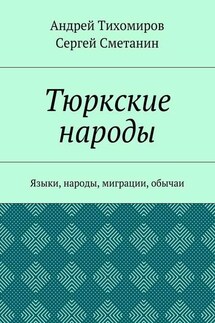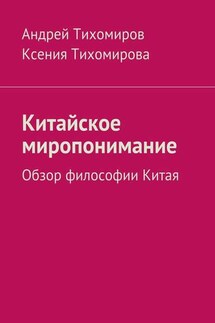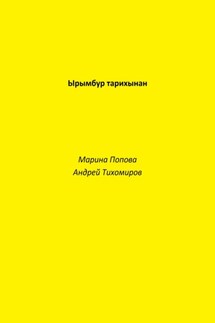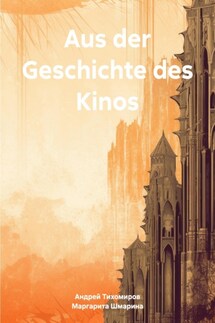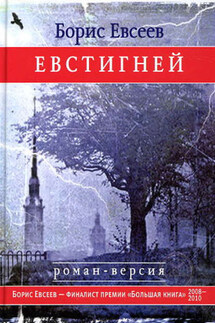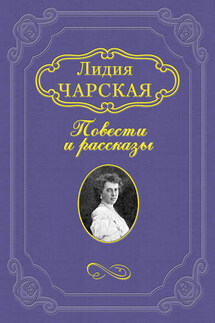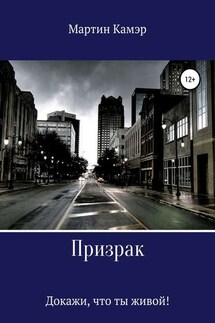Armenia's ties with Russia
For many centuries, Armenia has either lost its independence and fallen under the rule of foreign invaders, or regained its independence. Its boundaries were changing. The constant pogroms and persecution of Armenians have led to the fact that some regions of Armenia have been depopulated. The remains of Armenian cities, fortresses, and irrigation structures have been preserved throughout the Armenian Highlands. In the first third of the 19th century, according to the Treaty of Turkmanchay, Eastern Armenia became part of Russia. The Armenian region was formed from the Erivan and Nakhichevan khanates. In 1828-1829 . As a result of the Russian-Turkish war, the Armenian cities of Kars, Ardagan, Bayazet, Erzurum were ceded to Russia, which, however, were returned to Turkey under the Adrianople Peace Treaty (1829). In the first three decades of the XIX century, about 150 thousand Armenians migrated from Iran and Turkey to Eastern Armenia. The act of Armenia's annexation to Russia had a huge progressive significance. He predetermined the entire further course of Armenia's socio-economic and political development. The people of Eastern Armenia were forever freed from the threat of physical destruction and embarked on the path of progressive development, linking their fate with the fate of the Russian people. The writer-educator X. Russian Russians, revolutionary democrat M. Nalbandian, national poet O. Tumanyan and other Armenian enlighteners, expressing the aspirations of the masses, saw in the Russian people, in familiarization with Russian culture, with the Russian advanced social movement, the salvation of their people and the possibility of their economic and cultural development.
However, Armenia, being a backward suburb of tsarist Russia, had an extremely underdeveloped economy. The industry was represented by small, semi-industrial enterprises, mainly processing agricultural raw materials. The only large enterprises were copper mines and copper smelters in Alaverdi and Zangezur. A significant part of the industrial enterprises were in the hands of foreign capital. Primitive technology prevailed in agriculture. Animal husbandry was extensive.
Transcaucasia's entry onto the path of capitalist development strengthened its economic ties with Russia, which, in turn, even more closely linked the national liberation movement of the peoples of the region with the Russian workers' movement.
The best sons of the Armenian people linked the fate of their people with the fate of Russia. These are figures of the social movement such as Isaac Lalayants, Bogdan Knunyants, Stepan Shaumyan, Suren Spandaryan, Alexander Myasnikyan and others. During the First World War (1914-1918) in Western Armenia, the Turkish government pursued a policy of genocide against the Armenian people. As a result, more than 1.5 million Armenians were killed, about 300,000 refugees found refuge in Russia, and some settled in the Middle East, Europe, and America.
The creative ideas of the Soviet leadership to create a free Armenia were reflected in the decree of the Council of People's Commissars "On Turkish Armenia" (December 29, 1917). However, the intervention of the German-Turkish bloc in Transcaucasia, the policy of the imperialist powers in the Middle East prevented the implementation of this decree. The anti-Soviet policy received full support from the imperialists of the United States and the Entente, who set the task of turning the territory of Armenia into their colony and an anti-Soviet military foothold. However, the workers and peasants of Armenia rose up to fight against foreign henchmen. In September 1919, the first illegal meeting of the Communist organizations of Armenia was held in Yerevan, and in January 1920, the first (illegal) conference of communist organizations, which completed the process of unification and consolidation of the party organizations of Armenia. The communist poet Vahan Teryan takes an active part in these revolutionary processes.
Thanks to the fraternal help of the Russian people, the working people of Armenia were able to finally defeat the forces of the interventionists and the nationalist counterrevolution and establish Soviet power in Armenia on November 29, 1920. V. I. Lenin warmly welcomed "Soviet Armenia liberated from the yoke of imperialism."
During the years of their domination (1918-1920), nationalists and foreign occupiers led the country to an economic and political catastrophe. Arbitrariness and outrages, the oppression of capital, semi-serfdom forms of labor put the workers and peasants of Armenia in an extremely difficult situation.
With the establishment of Soviet power in Armenia, the restoration of the republic's economy began. With the fraternal help of the peoples of other Soviet republics, by 1928, industrial production reached the level of 1913, and agricultural production exceeded it.
During the years of the pre-war five-year plans, 25 large industrial enterprises were built and put into operation in the republic, non-ferrous metallurgy was expanded, enterprises of the chemical, light, and food industries were created.

